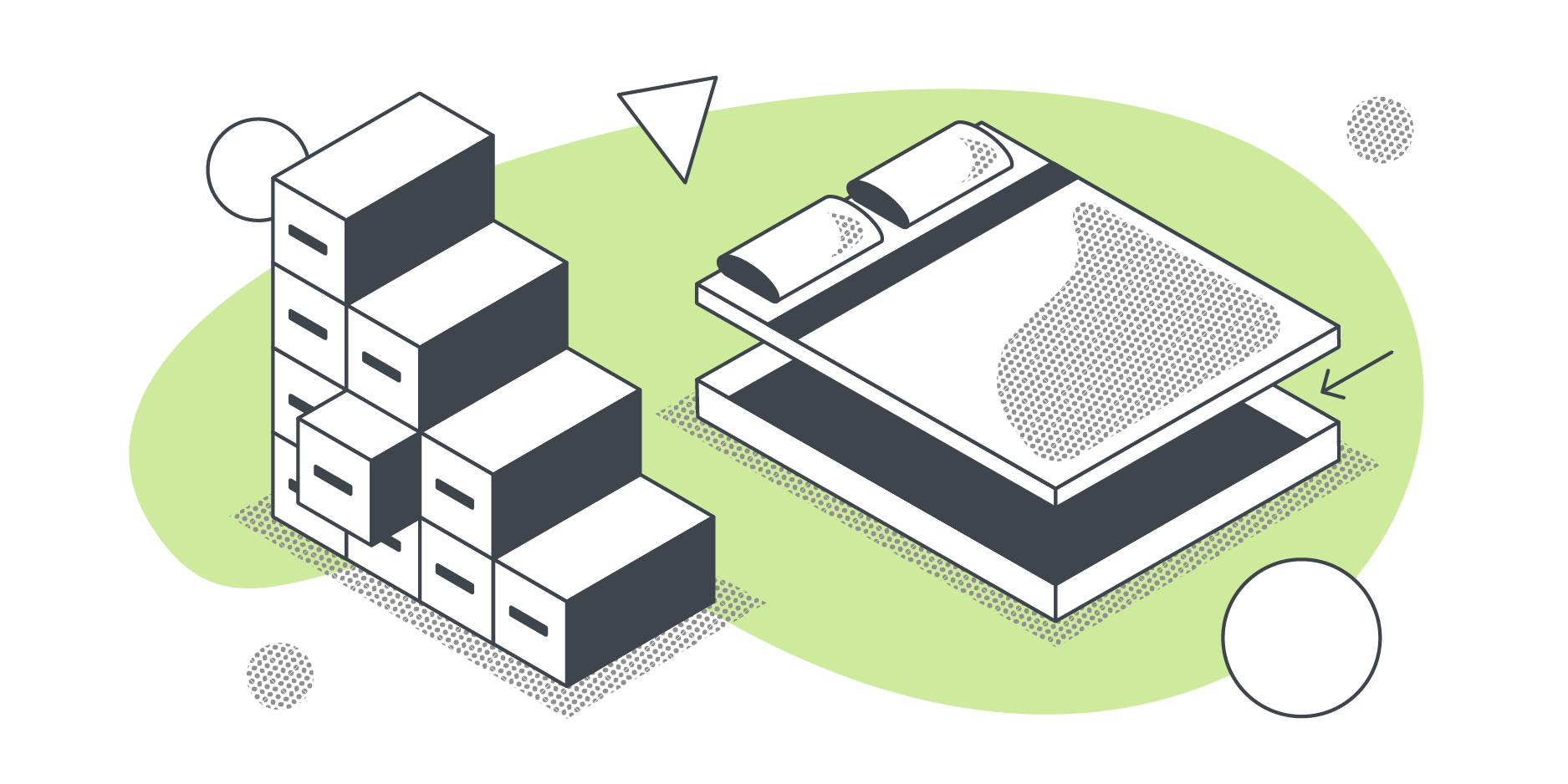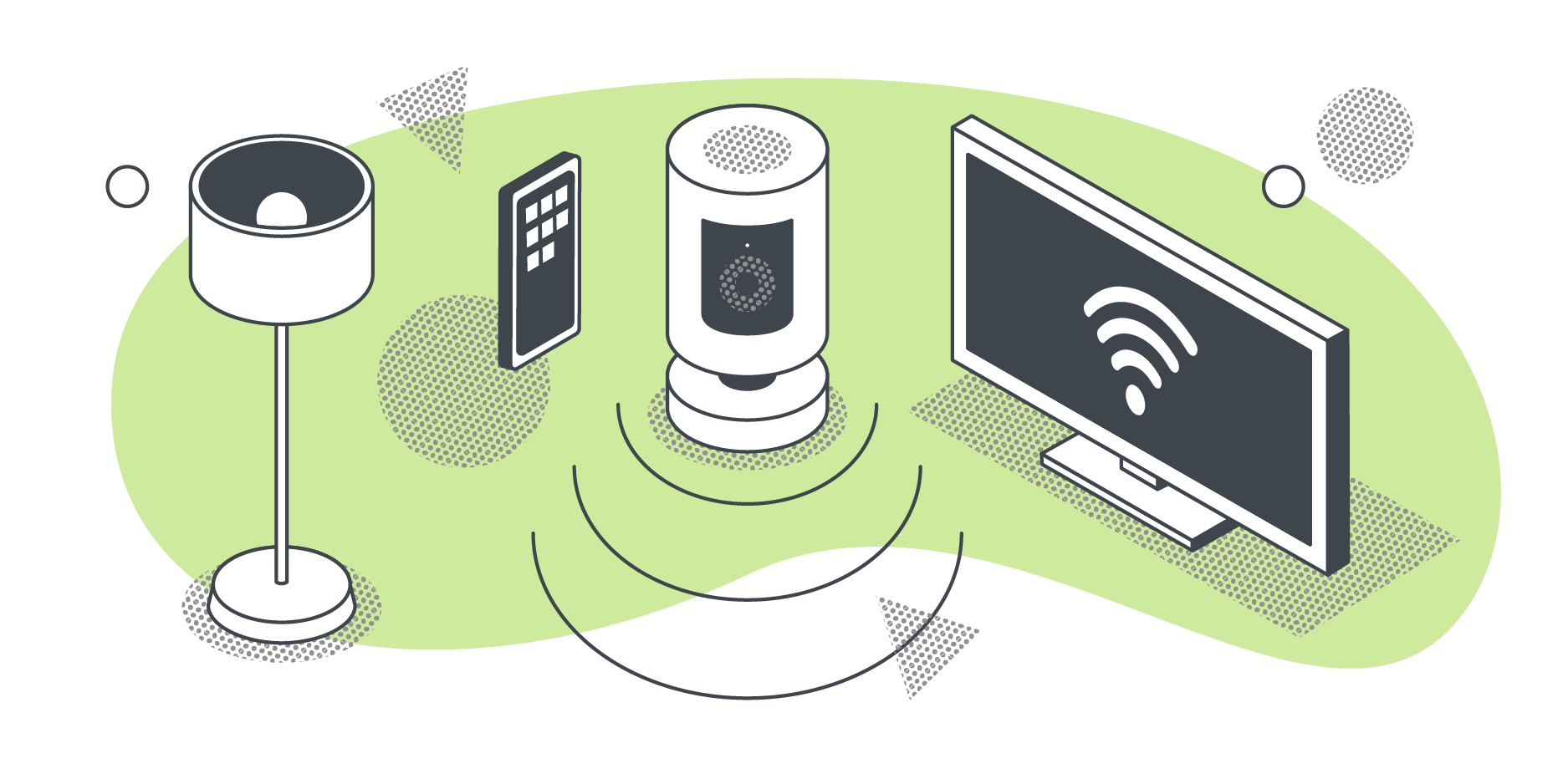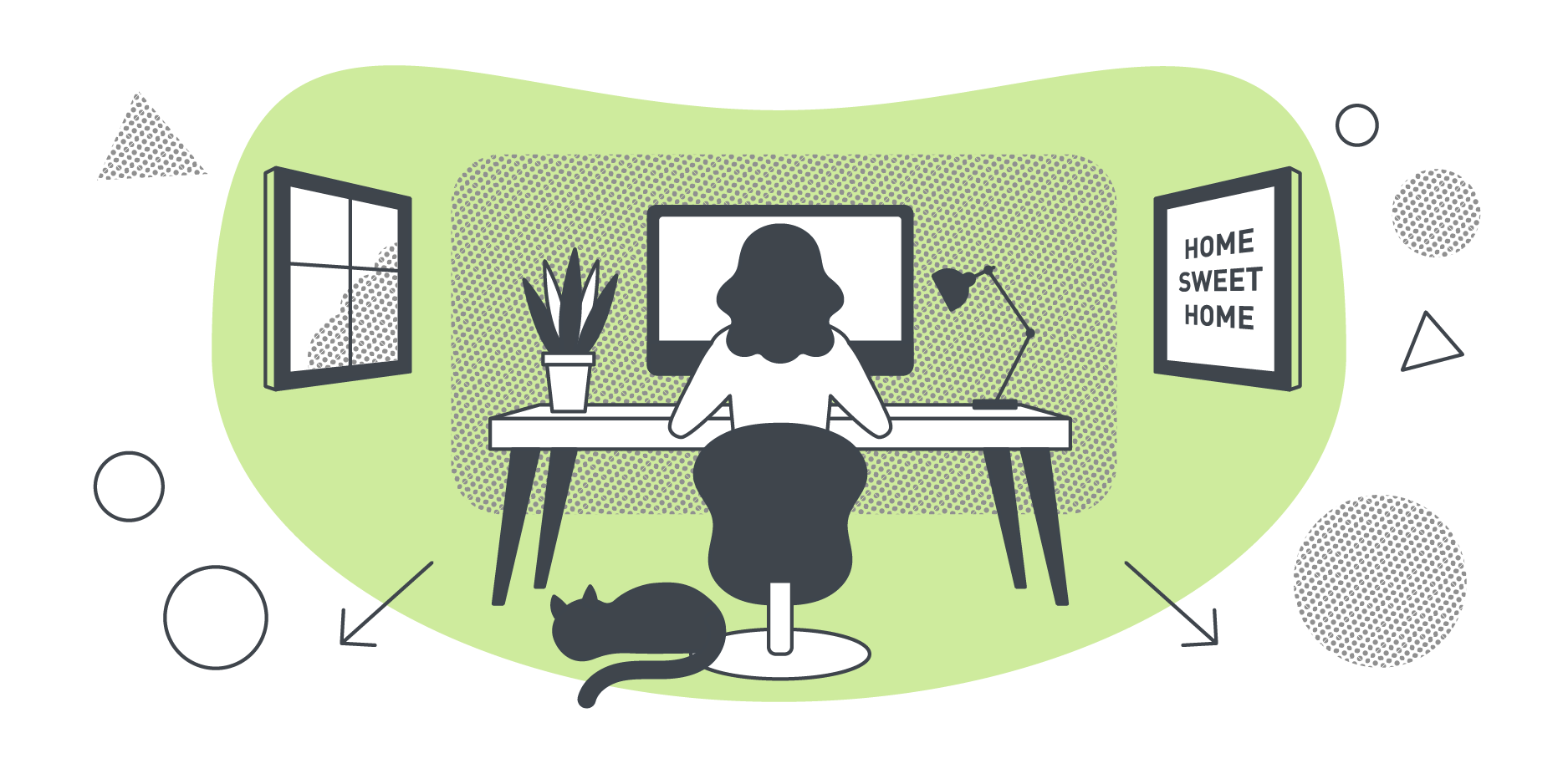
But times are changing and boundaries are becoming blurred. Increasingly, people want homes that are versatile, multifunctional and can flex to accommodate the needs of modern life. In response, designers are coming up with clever layouts and multipurpose furniture. And smart home devices – many using the latest AI-driven tech – are becoming part and parcel of daily life.
So, let’s take a look at some of the latest design ideas that can transform your brand-new home.
Key Takeaways
- Versatile Living Spaces: Modern homes are designed to be multifunctional, accommodating various needs such as workspaces, guest areas, and nurseries.
- Multifunctional Furniture: Investing in furniture that serves multiple purposes can save space, provide extra storage, and reduce costs.
- Smart Home Technology: The integration of AI-driven smart devices is becoming increasingly common, enhancing convenience and efficiency in daily life.
- Space Optimization: Clever layouts and design ideas, such as under-bed storage, foldable tables, and wall-mounted desks, help maximize available space.
- Adaptability: Homes are being designed to easily adapt to changing needs, making them more flexible and future-proof.
- Cost Efficiency: Using multifunctional furniture and smart design can lower overall expenses by reducing the need for multiple pieces of furniture.

Why add multifunctional furniture to your home?
There are lots of reasons why investing in clever multifunctional furniture makes a lot of sense.Save space
Having furniture that can perform more than one function makes better use of the space you have. For instance, why have two tables when you can have a single coffee table that can also fold out to create a dining table?Gain extra storage
Sofas, ottomans and footstools can include built-in spaces to let you hide away clothes, cushions, blankets and other items.Convenience
Having multipurpose furniture can help declutter your life and make life flow more easily.Cost
The fewer bits of furniture you need to buy, the lower your outgoings could be.

How do I decide which multifunctional features my home needs?
Making your home multifunctional allows you to maximise the space you have to play with. That’s particularly important if space is at a premium. It also helps to create a flexible environment that can easily adapt to your needs as life changes.
So where do you start? When looking at the different spaces in your home, ask yourself some key questions:
What’s your top priority? Is it creating a quiet workspace, a place where visitors can sleep, or even a nursery for that new arrival?
Do you love entertaining and need to be able to open up an area for guests?
Do you really need additional storage, but don’t want to lose any floor space?
Thankfully, clever furniture designers are constantly coming up with new and stylish ideas to make day-to-living more comfortable. Here are just a few:
- Under-bed storage bins
- Pull-out beds
- Foldable tables
- Convertible chairs or sofas
- Wall-mounted bookshelves and desks
- Nesting bookshelves
- Built-in stair shelving
- Windowsill seating

What are the latest trends in smart home technology?
Clever technology used to be reserved for the most luxurious of homes. But more and more people are embracing smart devices. In fact, it’s now estimated that there are 2.2 million smart homes in the UK 1. And that figure is set to rocket, with research by Statista predicting that by 2028 there will be 34.8 million active households in the UK smart home market 2.
So what are the latest trends and must-have bits of kit? Here’s just a selection:
Smart TVs – these connect to the internet via apps to access on-demand video and music. Some can even be controlled by voice or gesture.
Lighting – controlled remotely via an app, smart lights can change colour to alter the mood of your home, automatically respond to different levels of natural light, and increase security by coming on and off when you’re not at home.
Plant care – using connected timers, smart irrigation systems can make sure your plants and lawn stay watered when you’re away on holiday.
Door locks – with smart locks you can deny or grant access to visitors. Some can even detect when you’re near and automatically unlock, so there’s no fumbling around for your house keys.
Kitchen appliances – from coffee makers that automatically brew your perfect drink, to fridges that can monitor food expiry dates, make shopping lists and even suggest recipes based on the food inside, the kitchen is full of smart gadgets.
Thermostats – technology like Google Nest lets you remotely monitor and control the temperature of your home. Some devices are capable of learning your daily patterns and will modify settings to keep you comfortable. They can also help you keep an eye on your energy use.
Security systems – using a combination of cameras and doorbells, popular services like Ring let you watch over your home when you’re away. Some motion sensors can pick up suspicious behaviour and alert the police or security services.
Household monitors – from shutting down appliances if there’s an unexpected power surge to turning off the water supply if a pipe springs a leak, smart monitors can detect problems early and take action to protect our home.
Smart plugs – transform lamps, ceiling fans and other bits of kit into devices that can be controlled remotely via your smartphone or voice recognition systems like Alexa.
Robot cleaners – a new generation of robot cleaners now have the ability to vacuum, mop and wash your carpets and floors, with some even using satnav systems to map out your home.
Robot lawnmowers – relax in the deckchair and have a cup of tea while your robotic assistant gardener trims your lawn to perfection.
Window blinds – open and close your blinds and curtains using your smartphone. You can also program them to close when the sun goes down and the temperature drops, improving security, as well as helping you to keep the heat in and save energy.
Every day seems to see the launch of exciting new technology, and there’s no doubt that smart home devices are going to increasingly shape the way we live.

How does a new-build home give you more flexibility?
Every brand-new Barratt home is designed to be flexible with light-filled, open-plan spaces and clever storage ideas to help you enjoy clutter-free living. They also give you the freedom to shape and update your home to suit your changing needs.
While older properties may be characterful, that can make it more difficult to really personalise them. On the other hand, a brand-new home gives you the freedom to easily add your own interior design ideas, colour schemes, sense of style and those little creative touches that can make a house a home.
Ready to find an energy-efficient, multi-functional home designed for modern family living?
1 Smart Home Statistics, ecoexperts, 24 October 2023.
2 Smart Home – United Kingdom, Statista.


